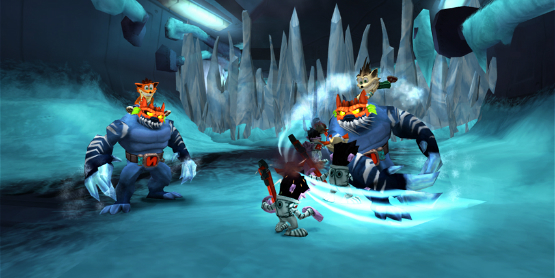More often than not, when the term ‘console wars’ rears its ugly head in conversation, many would cite the more recent competition between Microsoft, Sony and, to a lesser extent, Nintendo. And though the sensationalized rivalry has almost reached the point of caricature, the latter two companies have a longstanding history that spans not only hardware, but also software.
The date is 1991. Nintendo, having established a virtual monopoly on the industry through franchises like Super Mario and Metroid, welcomed a humble challenger into the ring in the form of SEGA. Granted, the Japanese company had attempted to topple The Big N from the throne in the past, but on this occasion it was armed with a silver bullet: Sonic the Hedgehog.
An Anthropomorphic Hero
During the late ’80s and early ’90s, mascot platformers were in vogue at a time when video games were by and large marketed toward a younger demographic. Cartoonish, larger-than-life characters that were easy to sell took priority, and when Sony entered the fray with the PlayStation in 1995, it set up an intriguing three-way tussle for gaming supremacy.
History will tell you that Sony “won” the fifth generation of consoles outright, outselling its competition almost three times over during the 32-bit era. It was a remarkable margin of victory that nobody foresaw, but a piece of hardware is only as good as its software.
Before the PSOne hit shelves with its revolutionary CD-based architecture, Sony had to compete on all fronts but, crucially, the console needed a mascot. With Sonic and Mario acting as the pixelated poster children for SEGA and Nintendo, respectively, the Japanese giant was left with a void to fill.
Enter Naughty Dog.
In ’95, the Santa Monica-based studio was teetering on the edge of mainstream success following the release of Rings of Power and Way of the Warrior for 3DO. But it was ultimately the company’s transition to the 3D action genre that kickstarted its legacy; a transition that birthed a certain Crash Bandicoot.
The Land Down Under
Buoyed by a partnership with Universal Interactive Studios at the time, the creative team — led by Naughty Dog co-founders Andy Gavin and Jason Rubin — soon began to flesh out this most nascent of projects.
Encouraged by Mark Cerny to utilize the PSOne’s new-fangled technical hardware, Gavin and Rubin soon settled on a fixed perspective from behind the playable character, hence why ND’s PlayStation debut was jokingly referred to as “Sonic’s Ass Game” while incubating in development.
Not only that, before pinning down the design of the anthropomorphic bandicoot, Crash went through numerous name changes, too, flirting with Wez and Willy the Wombat before settling on the Crash Bandicoot moniker we know and love.
Thrusting players into an adventure that would see them go toe-to-toe with Dr. Neo Cortex in order to rescue the wayward Tawna, Crash adhered closely to Nintendo’s tried-and-tested formula. However, as an action platformer, Naughty Dog’s opus was more than the sum of its parts.
What it lacked in innovation it made up for in personality. Infused with a lush jungle aesthetic that wouldn’t have looked out of place in Donkey Kong Country, Crash garnered praise for its colorful, eye-catching visuals. Moreover, Bonus Rounds, Gems and the time-based Relic system bestowed the platformer with a semblance of replayability, giving players impetus to jump back into levels in the pursuit of the coveted 100% meter.
Wet behind the ears as it may have been, Crash Bandicoot sold considerably well by all accounts. As a result, Sony, eager to establish bankable franchises as its novel hardware found its place in the market, fast-tracked a direct sequel; a sequel that could go on to become Cortex Strikes Back.
The Glory Days
It was during these formative years that the IP cemented its place among PlayStation’s roster of exclusives. By October, 1998, Naughty Dog had released three entries into the quirky platforming series in less than two years, meaning that Crash was all but a household name at the turn of the millennium.
As a matter of fact, such was the impact and reception of the trilogy that Sony formally acquired Naughty Dog in 2001. And while this coup proved to be an astute piece of business from the Japanese juggernaut, it cast the lovable bandicoot out into the cold.
That’s not to say that Crash Bandicoot was sentenced to limbo immediately after the deal was penned. At 50 million copies strong hitherto, the series’ total sales figures are certainly not to be frowned upon. But as the rights were jettisoned to Vicarious Visions, Traveller’s Tales and later Radical Entertainment, a notable dip in quality has ultimately led to the indefinite hiatus we have arrived at today.
Naughty Dog’s relationship with the mascot it helped define may have remained in the ’90s, with Crash Team Racing acting as the studio’s unofficial swan song in ’99, but the developer’s first truly great blockbuster struck a chord with the PlayStation faithful, and calls of a reboot still generate interest across the four corners of the internet.
Truth be told, although Activision — the current owner of the IP — experimented with multi-platform iterations and mobile Crash games throughout the noughties, it wasn’t long before Sony’s once-prized asset was a shell of its former, Wumpa-eating self.
How and ever, hypothetically speaking, if Sony were to reacquire the license from Activision, how would it reintroduce PlayStation’s prodigal son? As much as it pains us to admit, should this situation ever arise, it’s unlikely that Naughty Dog would return at the helm. That’s not to say the lovable wombat is beneath the studio, certainly not; rather, this is a creative force that has evolved in a post-Uncharted 2 world.
A Dormant Icon
Drake’s Deception, The Last of Us and the upcoming A Thief’s End are but mile makers on the developer’s upward trajectory toward one of the industry’s very best storytellers, and members of the team have admitted in the past that although Crash Bandicoot still holds a place in their heart, a return to the studio’s roots simply isn’t a priority at this time.
Besides, now that a full seven years have lapsed between the last console installment and now, would the action-platformer be able to garner a similar audience as it did in years past? This somewhat pessimistic logic would mean that Sony’s — and indeed Naughty Dog’s — best course of action would be to remaster the original trilogy with PlayStation 4 in mind.
It’s a gamble, of course, the general consensus attests that Crash stumbled in the gameplay department, which doesn’t necessarily bode well for unveiling the platformer to a modern audience. Nevertheless, Sony has an enviable opportunity to revive a dormant icon, and utilizing a Crash re-release could allow the company to gauge the popularity of said idol before committing to an out-and-out reboot.
Before it fell of a cliff in the mid-2000s, the mascot platformer was a lucrative goldmine in the industry. From Sonic to Gex, Mega Man to Earthworm Jim, the genre was to the fourth and fifth generations of consoles what first-person shooters are today. And in this interlude, there have been subdued murmurings of the genre’s second coming.
Hoodebooga!
For one, Square Enix recently issued the green light for a new Gex title, while an all-new entry into the Banjo-Kazooie series has come to the fore that just so happens to be Rare-approved. Are these telltale signs of a renaissance? Time will tell.
Mind you, Ubisoft revived Rayman for a fully-fledged console title in 2011 with the rather excellent Origins, followed by Rayman Legends two years later. It was an effective one-two punch that catapulted the limbless star back into the console limelight, and Activision — and indeed Sony — could learn a thing or two from this method of approach.
It’s been a long time since Crash Bandicoot rubbed shoulders with the PlayStation elite, and Sony’s pantheon of first-party characters now boasts the likes of Nathan Drake, Kratos, Sackboy, not to mention characters in Crash’s wheelhouse such as Ratchet & Clank and Sly Cooper.
Despite this, given that the latter two IPs haven’t delivered in recent iterations, there is an opening for an action platformer on PlayStation 4 to not only counterbalance the triple-A and indie action, but to also offer the fanbase a title that infuses originality with nostalgic goodness. Crash could very well be that catalyst.
Again, it all hinges on whether Sony will ever make a move to lease the rights from Activision, and the icon’s staying power will only be measured through some form of rerelease, whether it’s five months down the line, or five years.
Crash Bandicoot has and always will hold a special place in the hearts of the PlayStation faithful. Granted, PSOne’s first mascot may exist as a shadow of his former self thanks to a lineage of sequels that offered little but diminishing returns, but there exists a sliver of hope that the mascot could return to Sony’s ecosystem in the near future. Even if it is just a sliver.
Crash Bandicoot - Icon
-
The Prodigal Son Returns?
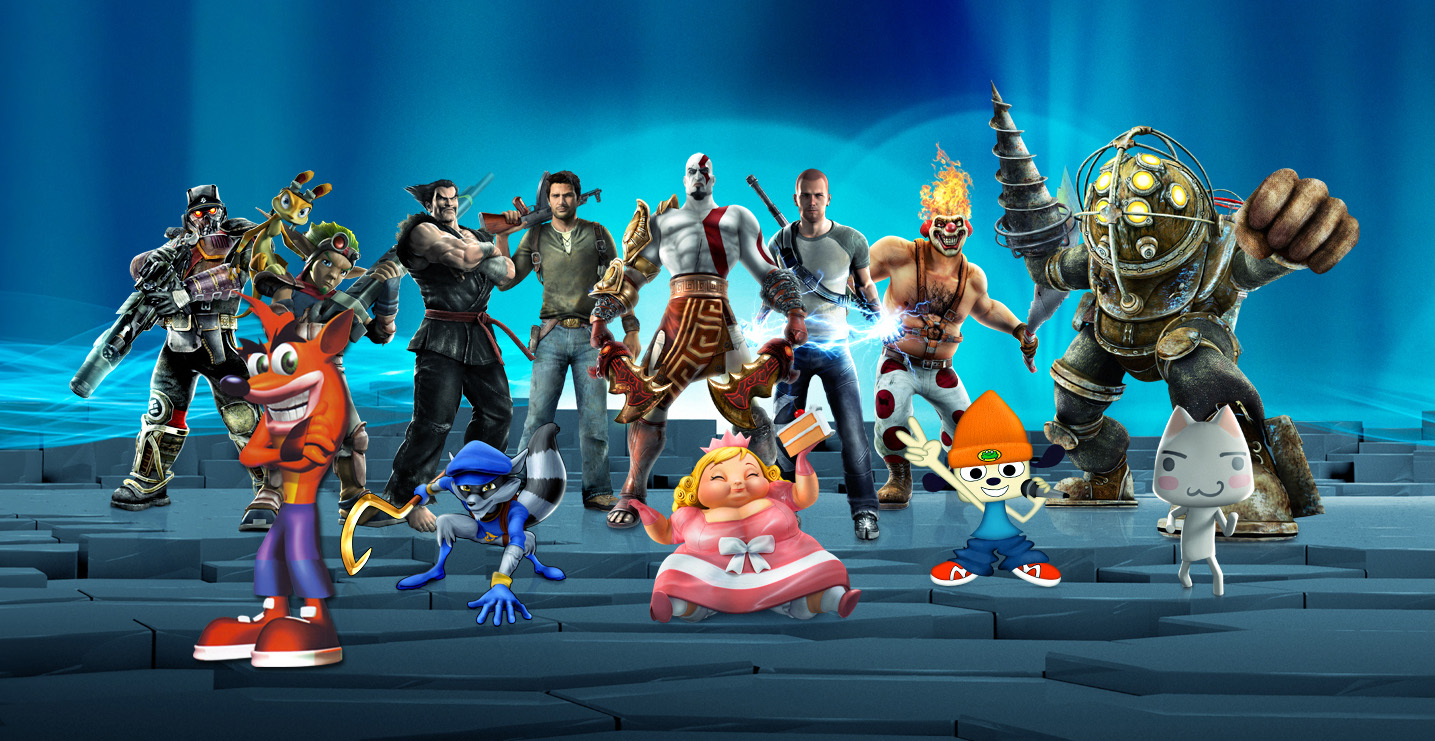
The PlayStation Faithful have been crying out for Crash to return to Sony's roster of characters for a long time. And with the recent resurgence of mascot platformers, is the time right for the icon to return?
-
Could This Become a Reality?
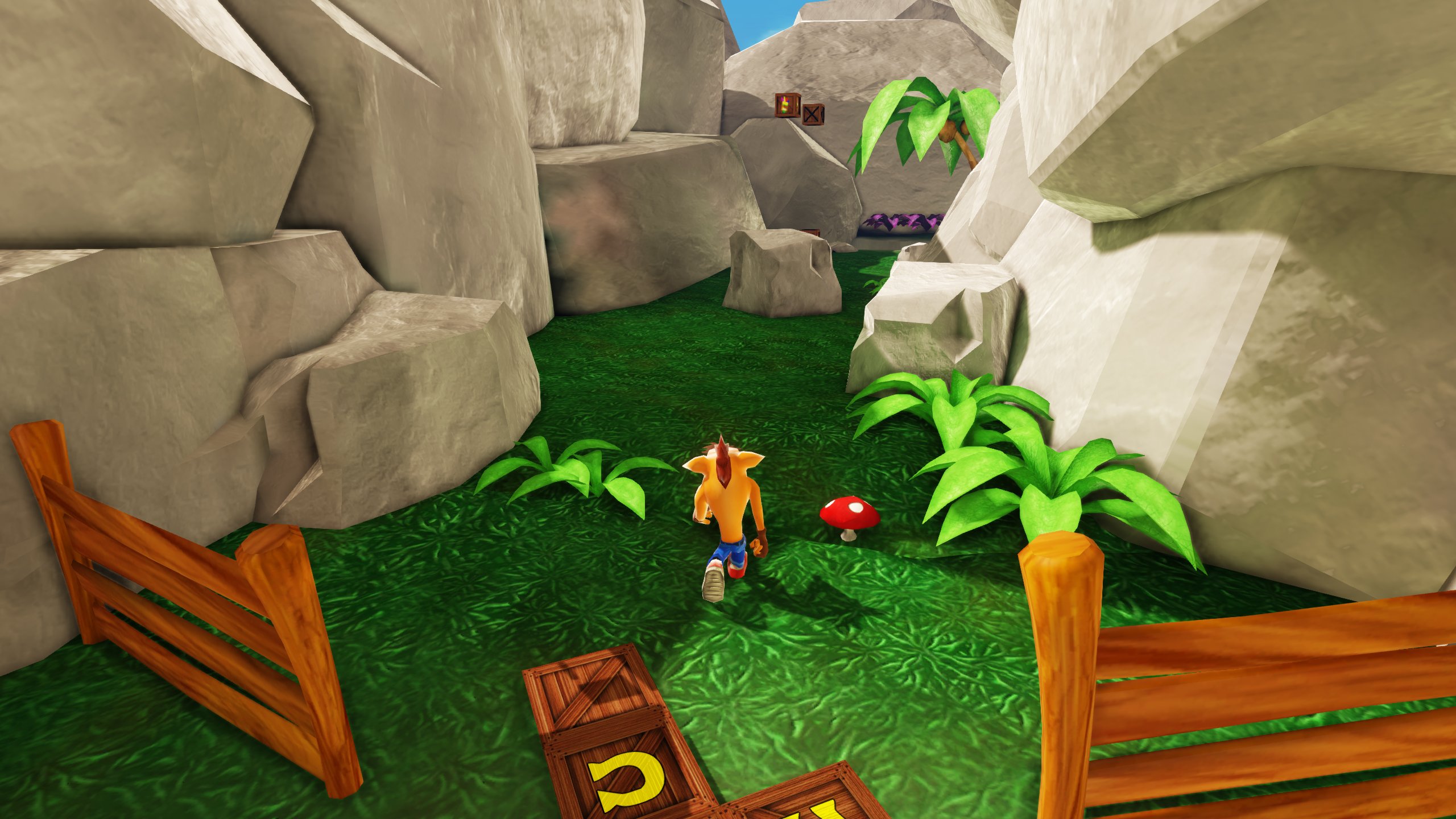
While Activision is idle on any update on the IP, fans have taken it upon themselves to create their own HD rendition of Crash Bandicoot.
[Source: jakalabs]
-
Wumpa Fruit, in HD
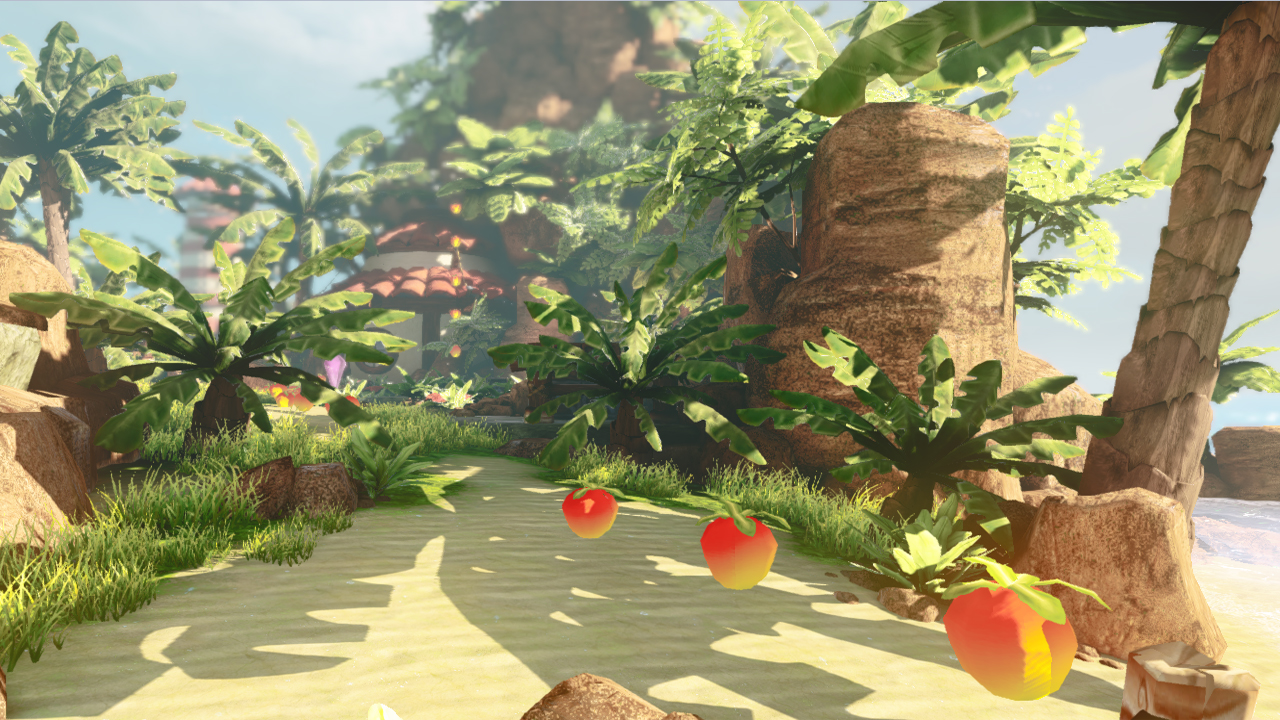
Crash's jungle environments certainly lend themselves for a new lick of paint, but will either publisher dedicate the resources for a fully-fledged reboot?
[Source: jakalabs]
-
A Dormant Idol
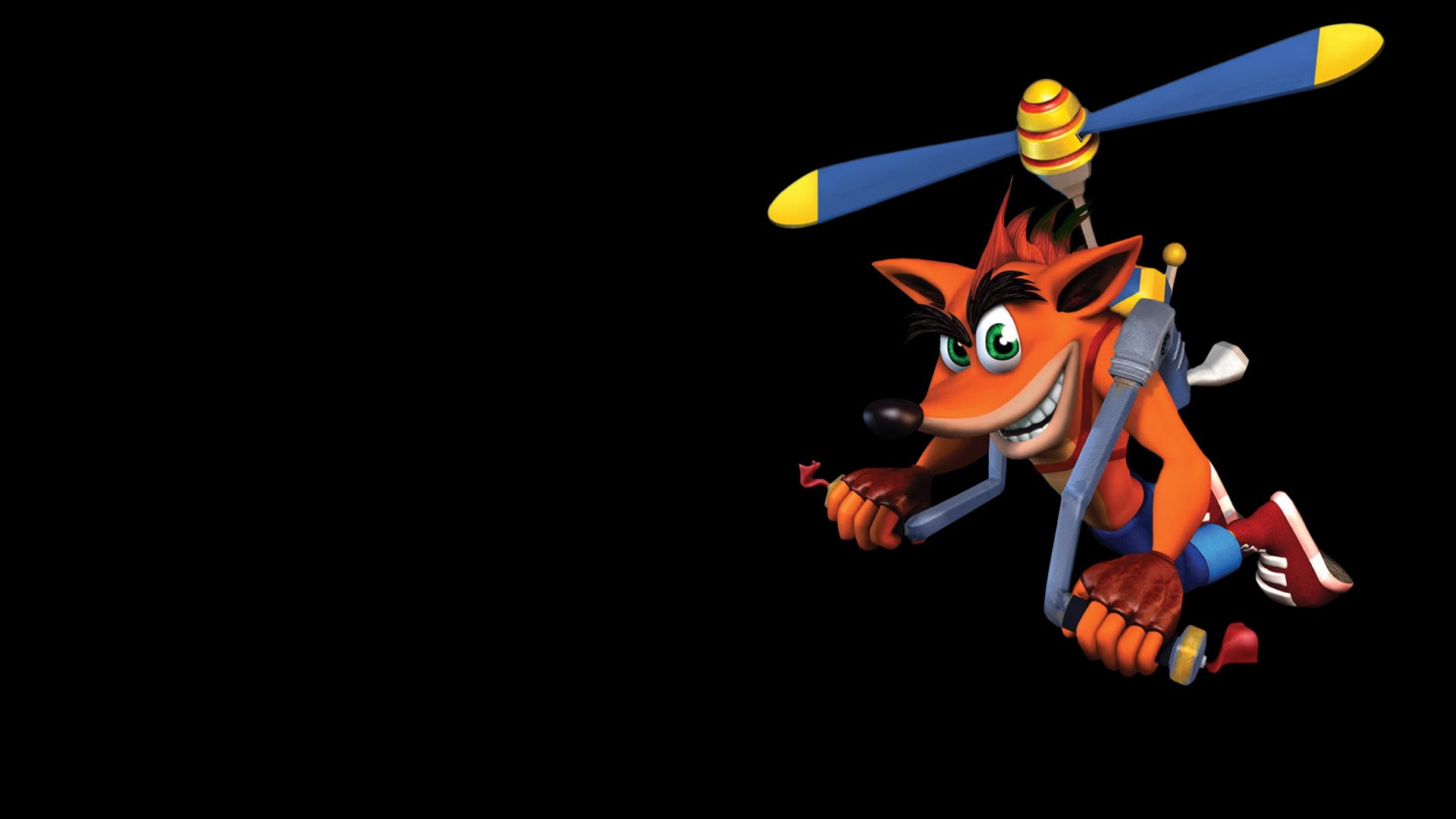
During 2010, no less than three in-development Crash games were cancelled, which hampered any hopes of a console launch at the time. Will this recent misfortune color the opinion of Activision moving forward?
-
Crash Goes Multi-Platform
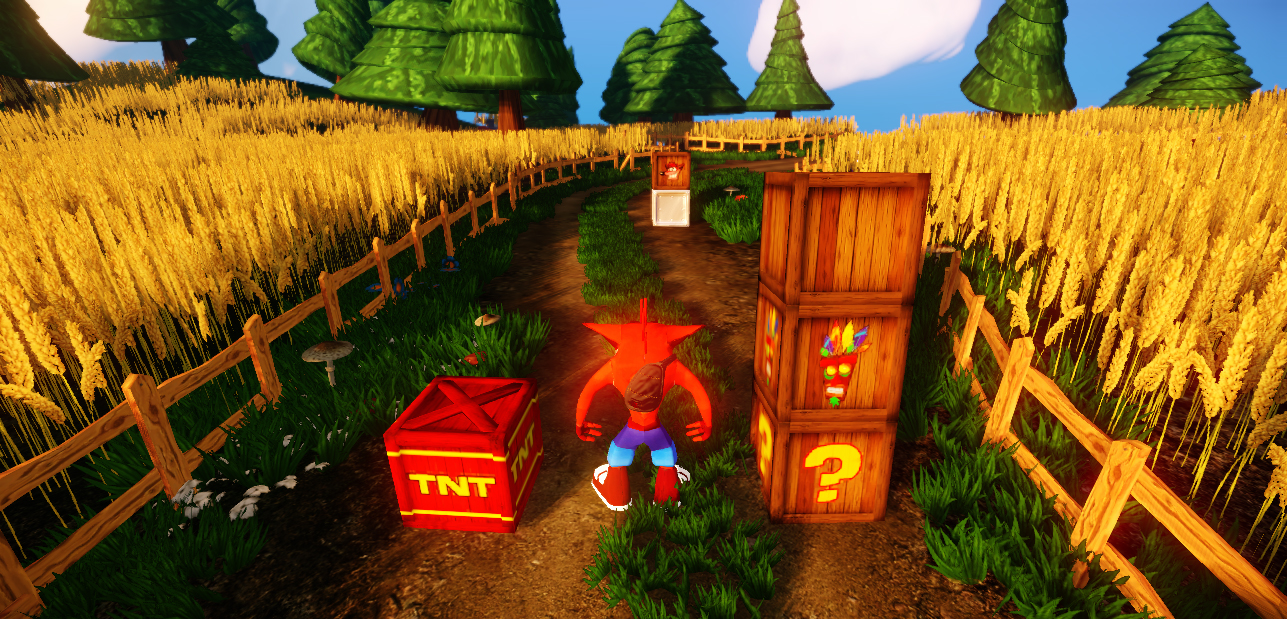
Soon after Naughty Dog was acquired by Sony outright, the IP found new homes at Traveller's Tales and Radical Entertainment, who brought the platforming action to multiple platforms.
-
Diminishing Returns
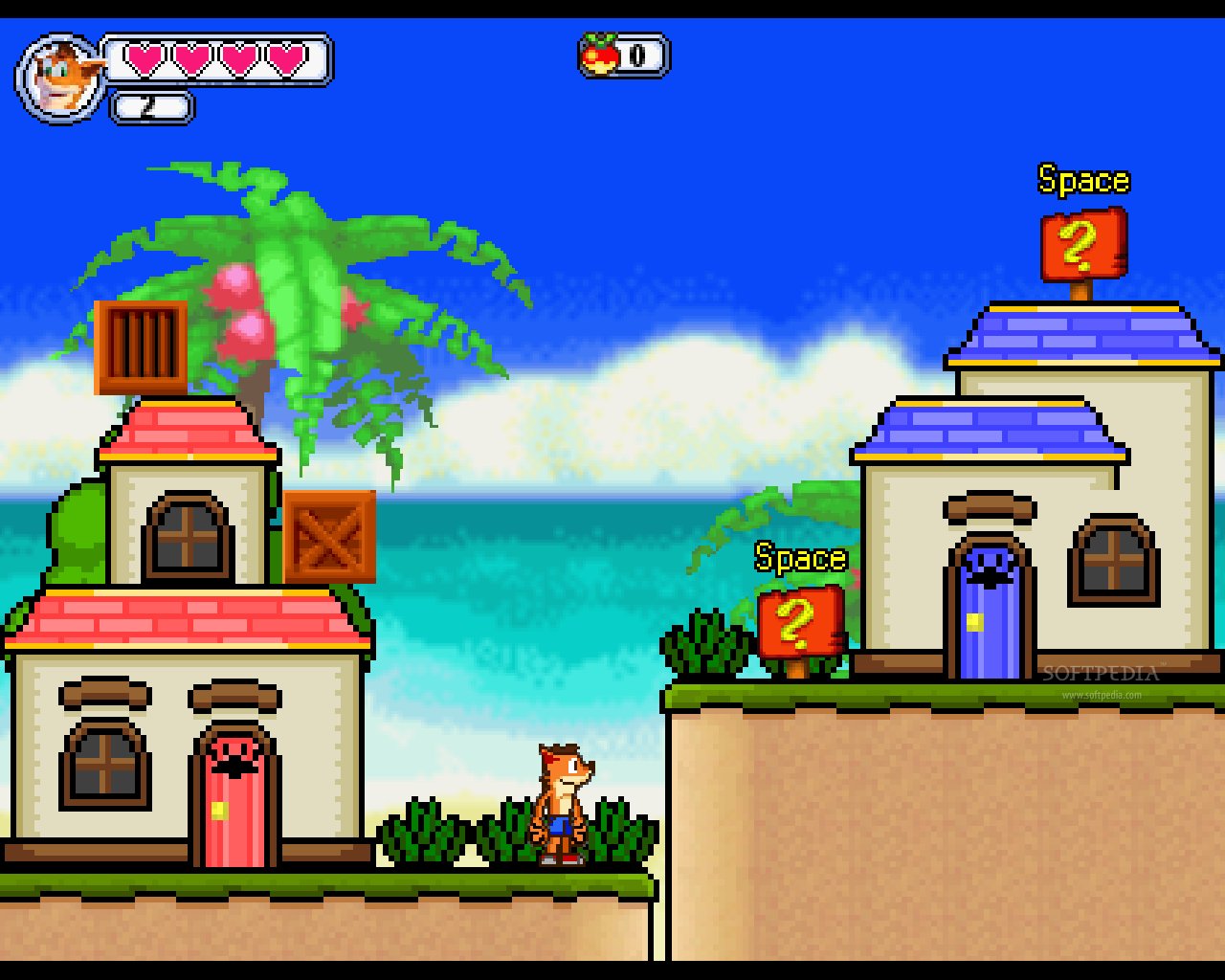
Mind you, as the once ironclad brand proliferated, the magic and personality of Crash Bandicoot was soon diluted by numerous mobile spin-offs that brought nothing new to the table.

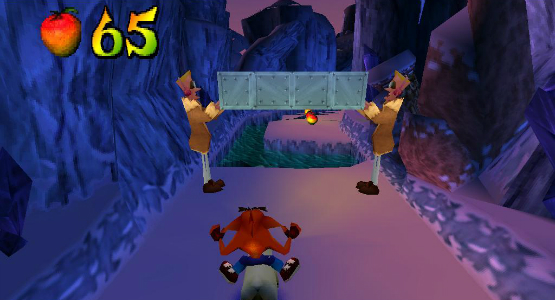
![36715-Crash_Bandicoot_3_-_Warped_[U]-20](https://www.playstationlifestyle.net/wp-content/uploads/sites/9/2015/04/36715-Crash_Bandicoot_3_-_Warped_U-20.jpg)
